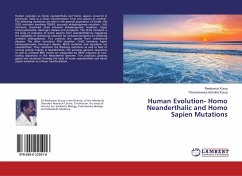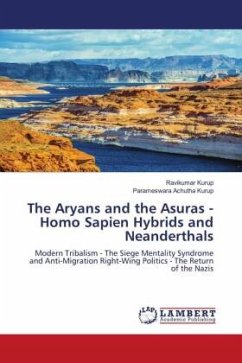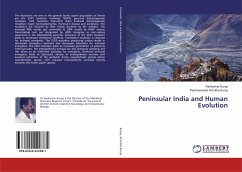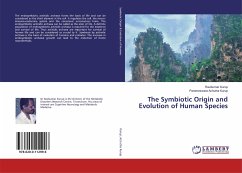Human evolution as homo neanderthalis and homo sapiens occurred in peninsular India as a linear transformation from one species to another. The following mutations are seen in the general population of Kerala- the SLOS mutation involving 7DHCR, pyruvate dehydrogenase mutation, CoQ mutation, branched chain ketoacid dehydrogenase mutation, hyper homocysteinemia, Hartnup's disease and porphyria. The SLOS mutation is the basis of evolution of homo sapiens from neanderthalis by regulating the availability of cholesterol substrate for archaeal energetics an inhibiting archaeal endosymbiosis. This protects the species from civilizational diseases. The other mutations PDH mutation, CoQ2 mutation, hyper homocysteinemia, Hartnup's disease, BKCD mutation and porphyria are neanderthalic. They constitute the Warburg mutations as well as help to control protein toxicity in Neanderthals. The archaeal genomic sequences as well as archaeal RNA viroids are integrated by HERV integrase as non-coding sequences in the Neanderthal genome. This produces jumping genes and mutations forming the basis of homo neanderthalis and homo sapien evolution as a linear transformation.








